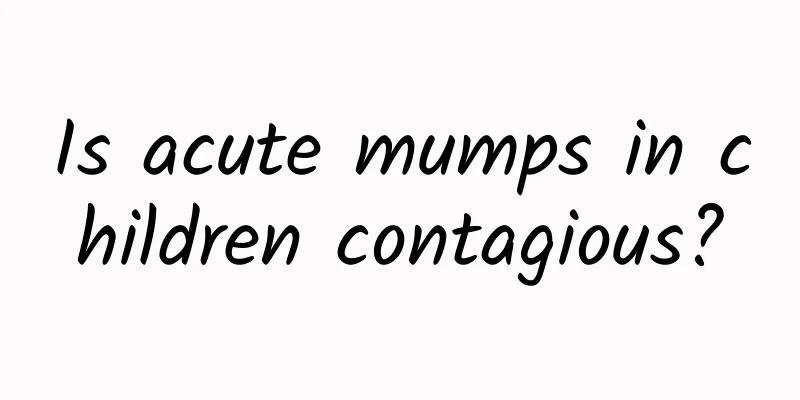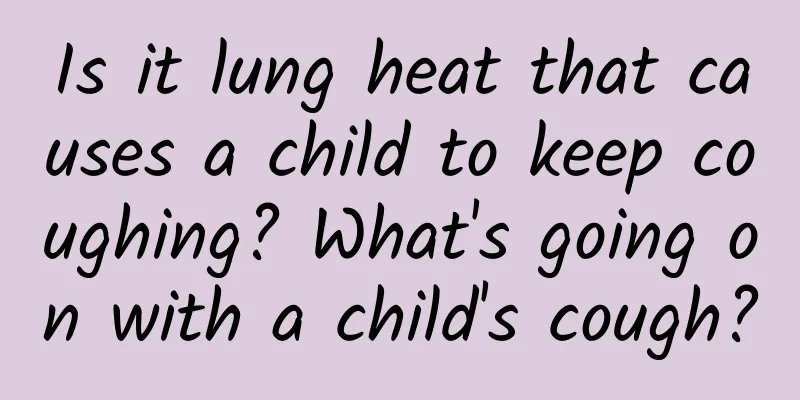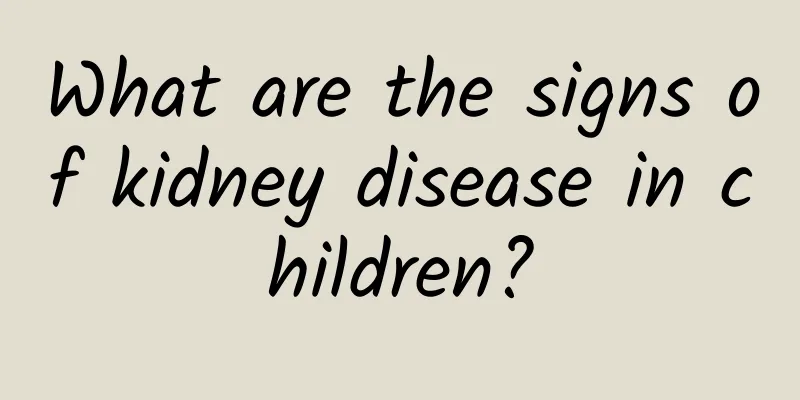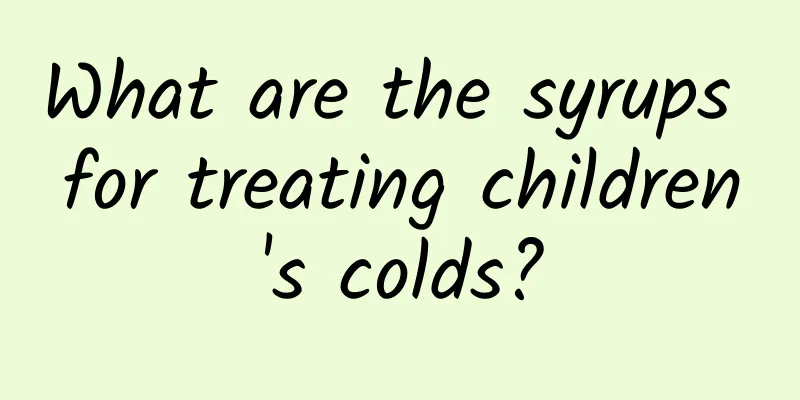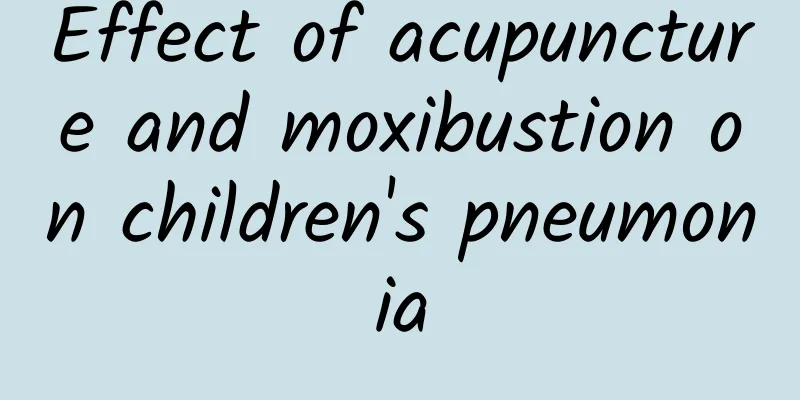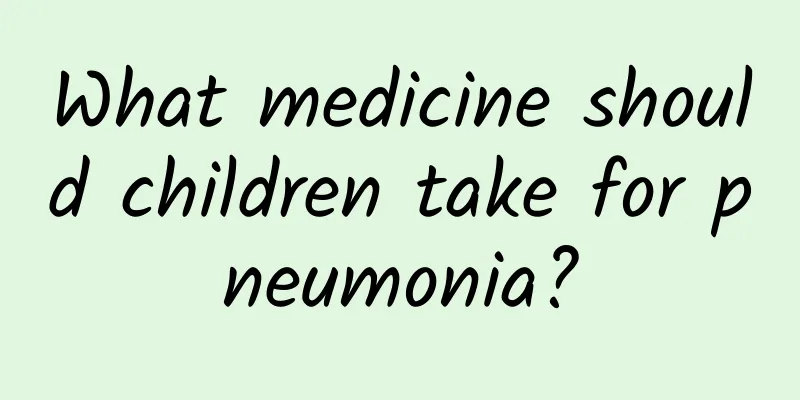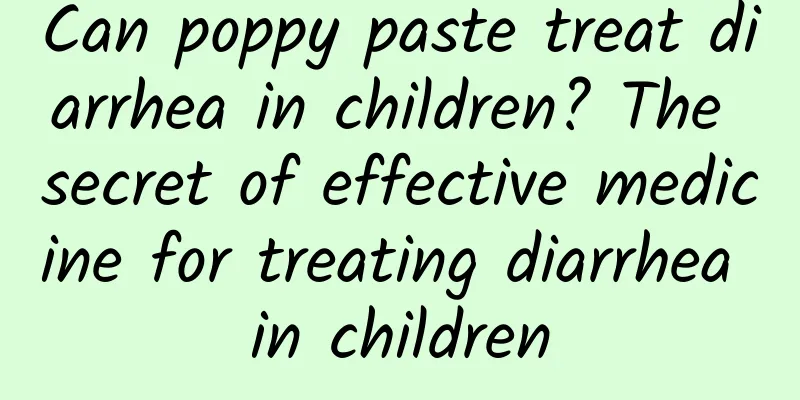How to detect eczema in children
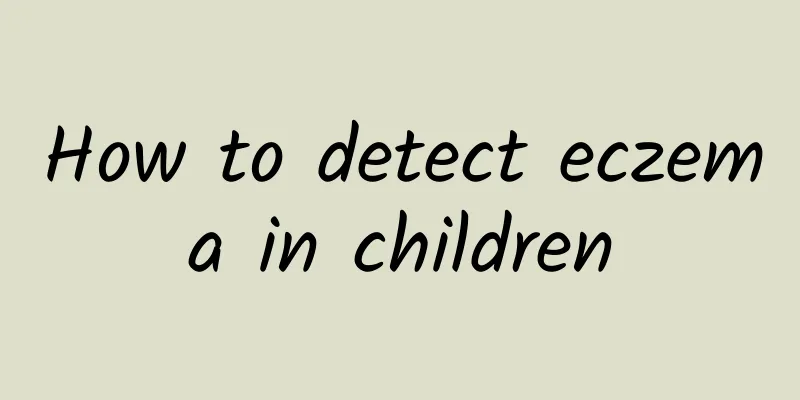
|
In life, we often see some children with eczema. This is a common skin disease. Many allergens can also cause eczema. So how to detect eczema in children? Let me take you to a comprehensive understanding of the symptoms of eczema. Infant eczema is a common skin disease in infants. It is an allergic disease. The exact cause is sometimes difficult to find. Infant eczema is usually called "milk ringworm". Milk ringworm lesions often occur on the face, starting from the cheeks, gradually invading the forehead, between the eyebrows, and scalp, and recurring. In severe cases, it can extend to the neck, shoulder blades, and even all over the body. The lesions are of various shapes, mostly symmetrically distributed, and sometimes mild and sometimes severe. On the face, they are initially clustered or scattered erythema and papules; on the scalp or eyebrows, there are often greasy scales and shiny yellow scabs. In mild cases, there are only light red patches with a small amount of desquamation; in severe cases, there are erythema, blisters, erosions, and infiltrations, which continue to spread and expand. If scratched, rubbed, washed, or scalded excessively, the erosion will worsen and the exudation will increase. Secondary infection often occurs due to skin damage, causing nearby lymph node enlargement, accompanied by fever, loss of appetite, dry stools, red urine and other systemic symptoms. The child will experience paroxysmal severe itching, especially when it is warm, so that the child will often rub his head and face on the pillow or the mother's clothes, or scratch with his hands, become irritable, cry and feel uneasy, which often affects health and sleep. It often occurs 1-3 months after birth, and usually alleviates and heals at 1-2 years old. A few may develop into eczema. Once the baby shows symptoms of eczema, the mother will feel helpless, and seeing the baby's cheeks turn red is even more heartbreaking. In addition to seeking medical treatment as soon as possible, there are many eczema creams on the market that specifically treat eczema. Parents should choose carefully because eczema creams are used in different ways for different symptoms. Pay special attention to the following matters: 1) Diaper rash .Use mild water to gently wash the baby's affected area, and apply an appropriate amount of eczema cream. .When it comes to urinary ringworm, special attention should be paid to cleanliness. . If you have sweat a lot, there is a chance of recurrence of prickly heat rash after it is cured. Therefore, you should wipe off the sweat and change your underwear frequently. 2) Heat rash, eczema, milk rash .Do not rub hard, apply the eczema cream gently, or apply a thin layer of eczema cream on gauze and then apply it on the affected area. 3) Itchy insect bites .Don’t scratch. It is recommended to apply an appropriate amount of baby eczema cream as soon as possible to effectively stop the marks. .When itching or swelling is severe, try applying eczema cream on gauze first and then apply it to the affected area. |
<<: What are the cure standards for pediatric eczema?
>>: Several common examination methods for pediatric eczema
Recommend
How to avoid jaundice
Neonatal jaundice is a common disease in infants ...
Rehabilitation training for congenital poliomyelitis symptoms
After the onset of polio, the child's legs wi...
What is Kernicterus
Kernicterus is actually a severe form of neonatal...
Nursing measures for mumps
Nowadays, quite a few people are suffering from m...
Causes of Hirschsprung's disease in adults
We all know that congenital megacolon mainly occu...
Are the small red spots on the newborn's face eczema? How to treat newborns with eczema
The small red spots on the baby's face are mo...
Can children with ADHD heal themselves?
Whether ADHD can be cured on its own depends on i...
What are the methods to prevent polio?
Polio is an acute infectious disease, so parents ...
Is skipping rope good for ADHD?
Rope skipping is a very common form of exercise. ...
How to take care of hand, foot and mouth disease? How to treat hand, foot and mouth disease?
Hand, foot and mouth disease mostly occurs in chi...
What are the treatment methods for acute laryngitis in children?
Acute laryngitis in children is a common pediatri...
What to do if your baby catches a cold and coughs
When your baby catches a cold and coughs, don'...
What does jaundice mean?
Jaundice is actually a symptom caused by increase...
What to do if your 4-month-old baby coughs
Coughing is a common respiratory disease in babie...
Treatment of acute mumps in children
Acute mumps in children requires comprehensive tr...
